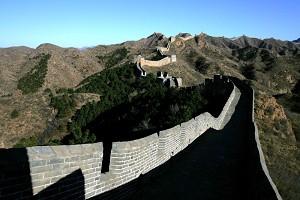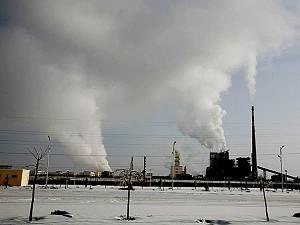TAIPEI—Zoige Wetland, world’s biggest alpine wetland located in west-central China, is disappearing due to the daily accelerating desertification. The wetland has shrunk by over 60 percent. Marshes and lakes that used to stud all over the wetland are now hard to spot. Desertified areas are growing at a rate as high as 11.65 percent a year.
Zoige Wetland is one of the six largest grasslands in China, and the most extensive highland peaty marsh. Often referred to as the “kidney of China’s Western plateau,” Zoige Wetland is a major fountainhead of the Yellow River. In 1970s, Zoige area was dotted with over 300 lakes with areas ranging from 0.16 acre to over 1,000 acres. But now more than 200 of these lakes have dried up.
Scientists attribute the desertification over the past few decades to insect and rodent infestations, climate irregularities, excessive drainage trenching, and, most destructive of all, irrational grazing.
The Zoige Wetland has been burdened with livestock that is five times higher than China’s average level. By the end of 2006 the total amount of livestock in Zoige had reached 1,187,800, equivalent to 3.4 million sheep units, which is 80 percent higher than its theoretical stock capacity of 1.9 million.
According to experts, the desertification in Zoige is only in its early stage, and thus it is still controllable. But experts warned that actions must be taken now, or the government would have to deal with a completely desertified area that could cost a lot more to heal, if it can be healed at all.
Researches suggest that the desertification in Zoige Wetland may be the principle cause of frequent sand storms afflicting northern China.
In the past decade, numerous desertification control experiments have been conducted in different areas. Experts have developed strategies against desertification, and have treated 6,000 hectares (23 square miles) of sandy regions with success. But these efforts are obviously far from enough to defend the plateau against the quick spread desertification.



